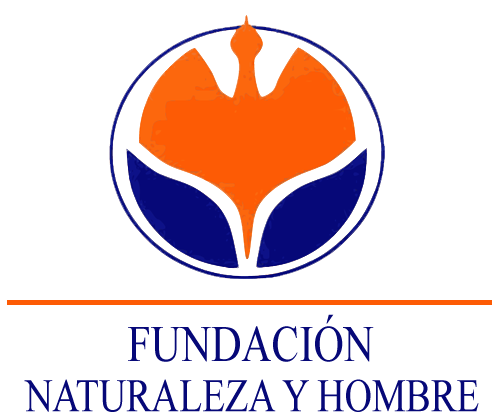CANAL DE LA MINA AND RIA DE SOLIA
This reserve is managed as a result of an agreement between the Cantabria Coastal Authority and the Fundación Naturaleza y Hombre.
It is located between the towns of Guarnizo and Parbayón..
In this reserve, two areas are distinguished which, while being geographically continuous, they differ in terms of the type of ecosystem they form. The first is formed by the Canal de la Mina, an area that has been intensely modified by the requirements of the dominant mining activity in this territory. .
The cessation of mining activity has allowed the partial regeneration of some natural habitats and has become an ecological corridor with a dense riparian forest mass, with alder, laurel, poplar, banana, buckthorn, elder, hazelnut, cattail, reed, alder, willow and the black locust.
The proximity to the Natural Park of the Macizo de Peña Cabarga allows you to observe animals passing through the natural corridor formed by the riverside forest. As for the fauna, the birds are the maximum representatives among the vertebrates in the humid areas and they are good bioindicators of the quality of the ecosystem. It is also possible to observe birds like black kite, buzzard, sparrowhawk, or kestrel. Other inhabitants are mammals such as foxes, martens, weasels, mice…
The second unit that forms this reserve is the headwaters of the Solía estuary, where the vegetation has been highly modified by several human actions: such as the refilling or the isolation of the intertidal zones..
These modifications have created an alternative habitat that is less coastal than other estuaries. Specifically, in the current habitat, the black locust is strongly represented on the shore with a fern and bramble bush.
Within the Solía estuary we can cite a diversity of bird species, some of which have a regular presence and the rest are occasional. In addition to passerines, waders and waterfowl, there are both diurnal and nocturnal birds of prey. Different species of mammals have also been observed, such as badgers, martens, weasels and foxes, among others. It is interesting to note the presence of an important refuge for bats such as the horseshoe bat in the vicinity of the Ría de Solía, known as the Chestnut Cave.
Collaborators:
- Ministry of the Environment, Rural and Marine Affairs Cantabria Coastal Region
- General Secretariat of the Sea
- Directorate General for Sustainability of the Coast and Sea
OFICINAS CENTRALES FNYH
Dirección: Av. De España Nº 25 Entlo, 39610 El Astillero Cantabria
Tlf: 942 55 91 19 / 679181483
fundacion@fnyh.org
DELEGACIÓN PARA PORTUGAL
Dirección: Rua do Conde de Redondo 8-5º dt 1150-115 Lisboa Tlf: (++351) 919 784 981 crc@erena.pt
CASA DE LA NATURALEZA-MARISMAS DE ALDAY
Dirección: C/ Alday (junto al parking de Valle Real), Maliaño, Cantabria
Tlf: 679 181 472
educacionambiental@fnyh.org
DELEGACIÓN PARA SUDAMÉRICA
Iguazú iguazuconservation@fnyh.org
ECOMUSEO-FLUVIARIUM DE LIÉRGANES
Dirección: C/ Camino Real, 9, 39722 Liérganes, Cantabria
Tlf: 942 52 81 96
fluviarium@fnyh.org
DELEGACIÓN PARA ÁFRICA
Tanzania fundacion@fnyh.org
VIVERO Y CENTRO ETNOBOTÁNICO EL PENDO
Dirección: 39609 Camargo, Cantabria
Tlf: 942 25 88 08
vivero@fnyh.org

ESTACIÓN BIOLÓGICA CAMPANARIOS DE AZABA
Dirección: Camino de La Alamedila, SN 37497 Espeja, Salamanca
Tlf: 923481401
campanarios@fnyh.org
